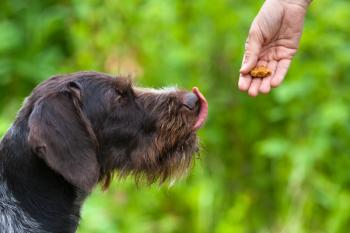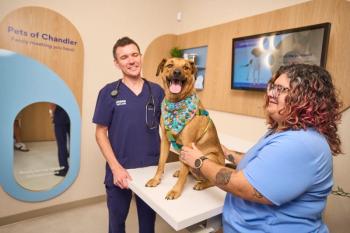
Tips and Tricks: Measuring intraocular pressure
Measurement of intraocular pressure (IOP) in horses now is performed more commonly with the greater availability of portable tonometers, particularly the Tonopen?. It is useful not only in diagnosing glaucoma but as a guide to resolution of uveitis, where the reduced IOP returns to normal and becomes similar to the contralateral eye.
Measurement of intraocular pressure (IOP) in horses now is performed more commonly with the greater availability of portable tonometers, particularly the Tonopen®. It is useful not only in diagnosing glaucoma but as a guide to resolution of uveitis, where the reduced IOP returns to normal and becomes similar to the contralateral eye. The tonometer is relatively easy to use if you observe some important principles. No external forces (from eyelids or the handler) should be permitted to touch the globe. Such contact falsely increases the IOP reading. The corneal surface is desensitized with topical proparacaine or tetracaine, and the Tonopen is touched softly and repeatedly axially and perpendicular to the cornea until after a series of short beeps. A longer beep indicates the reading is complete. Sedation can affect the IOP profoundly, and it is important to note whether sedation was used. Eyelid blockade should be symmetric, if used. Indications and clinical pearls on the use of the tonometer will be featured in a future article. Primary glaucoma appears more commonly that previously indicated and was reviewed in the April 2003 issue together with its surgical therapy.
Newsletter
From exam room tips to practice management insights, get trusted veterinary news delivered straight to your inbox—subscribe to dvm360.






